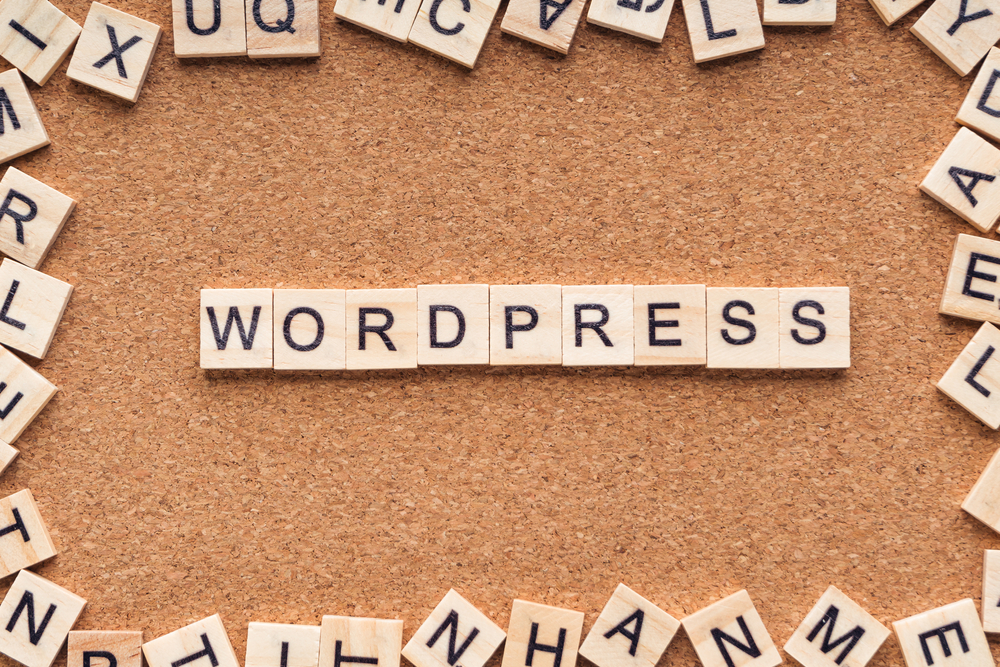
Mastering WordPress: Essential Customization and Maintenance Hacks for Your Website

WordPress has emerged as a powerful and user-friendly platform for building websites. With its vast array of plugins and themes, WordPress allows users to customize their websites according to their specific needs. However, to truly master WordPress, it is important to delve into the essential customization and maintenance hacks that can enhance your website's functionality, security, and performance. In this article, we will explore some key tips and tricks to help you optimize your WordPress (WP) website.
1. Customizing ThemesOne of the key advantages of WordPress is its extensive range of themes. However, to make your website truly unique, you need to customize the themes. WordPress provides users with flexible options to modify themes without touching the underlying code. By navigating to the Appearance section in the WordPress (the platform for bloggers) dashboard, you can customize various elements such as color schemes, fonts, and layouts. Additionally, you can add custom CSS code to further personalize your website's appearance.
2. Harnessing the Power of Plugins
Plugins play a crucial role in extending the functionality of your WordPress website. Whether you want to add social media sharing buttons, improve SEO, or enhance security, there is a plugin available for almost every requirement. However, it is important to be cautious when installing plugins, as too many can slow down your website and may even conflict with each other. Regularly update your plugins and delete any unused ones to maintain a lean and efficient website.
3. Optimizing for Speed
Website speed is crucial for user experience and search engine rankings. Slow-loading websites can lead to higher bounce rates and decreased conversions. Thankfully, WordPress (or WP) offers several techniques to optimize website speed. Start by selecting a lightweight theme and compressing images to reduce their file size. Additionally, install a caching plugin to create static HTML files and minimize the server's load. Finally, consider using a content delivery network (CDN) to distribute your website's files across multiple servers worldwide, ensuring faster load times for visitors from different geographical locations.
4. Ensuring Security
WordPress is a popular target for hackers, so it is vital to take necessary steps to secure your website. Begin by using strong and unique usernames and passwords for both your WordPress admin account and hosting account. Regularly update WordPress (the blogging platform) , themes, and plugins to patch any security vulnerabilities. Install a security plugin that provides essential features such as firewall protection, malware scanning, and login lockdown. Lastly, enable SSL encryption to ensure all data transmitted between your website and visitors is encrypted and secured.
5. Implementing Regular Backups
No matter how secure your website is, unforeseen events such as server crashes, hacking attempts, or accidental file deletions can occur. To protect your hard work and content, it is essential to implement regular backups. WordPress offers various plugins that automate the backup process, allowing you to schedule backups at convenient intervals. Additionally, store your backups in remote locations such as cloud storage or offline devices for added security.
Frequently Asked Questions:
Q1: How can I change the layout of my WordPress website?A1: To change the layout of your WordPress website, navigate to the Appearance section in the dashboard and choose a new theme or customize the existing one.
Q2: Are all WordPress plugins safe to use?
A2: While most WordPress plugins are safe to use, it is important to research and choose reputable plugins from the official WordPress repository. Read reviews, check the number of active installations, and ensure the plugin is regularly updated.
Q3: How often should I update WordPress, themes, and plugins?
A3: It is essential to update WordPress, themes, and plugins regularly to benefit from the latest features and security patches. Aim to update them as soon as new versions are available.
Q4: Can I undo changes made to my WordPress website?
A4: Yes, you can undo changes made to your WordPress website by using the revision history feature. Open the editor for the respective post or page and click on the "Revisions" option to revert to a previous version.
Q5: What is the benefit of using a CDN for my WordPress website?
A5: A CDN (Content Delivery Network) distributes your website's files across multiple servers worldwide, reducing the distance between your website visitors and the server. This results in faster load times and improved user experience.
In conclusion, mastering WordPress requires understanding essential customization and maintenance hacks. By customizing themes, utilizing plugins wisely, optimizing for speed, ensuring security, and implementing regular backups, you can enhance your website's overall performance and deliver a seamless user experience. Keep these tips in mind as you navigate the expansive world of WordPress and unlock its full potential for your website.
Other useful resources
- https://www.wordpress24plus.com/topics/wordpress-tips-and-tricks/
- https://www.wordpress24plus.com/wordpress-tools-directory/
- https://en.wikipedia.org/wiki/Blog